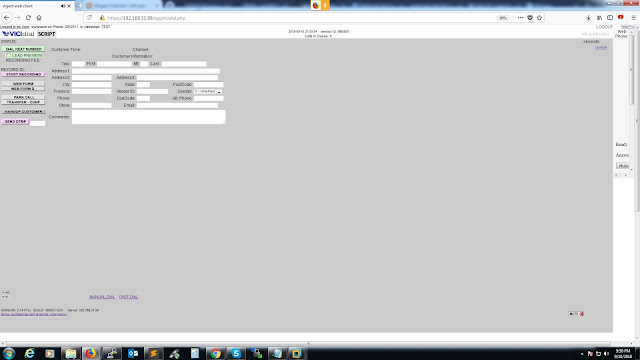CentOS, a Linux distribution, offers several text editors that you can use for various tasks. Here are some common text editors available for CentOS, along with instructions on how to install them:
1. **Vi/Vim**:
- Vim (Vi IMproved) is a powerful and highly configurable text editor.
- To install Vim, use the following command:
```
sudo yum install vim
```
2. **Nano**:
- Nano is a simple, user-friendly text editor.
- To install Nano, use the following command:
```
sudo yum install nano
```
3. **Emacs**:
- Emacs is a highly extensible text editor with a wide range of features.
- To install Emacs, use the following command:
```
sudo yum install emacs
```
4. **Gedit** (GNOME Text Editor):
- Gedit is a graphical text editor for the GNOME desktop environment.
- To install Gedit, you may need to install the GNOME desktop environment first. Use the following command to install Gedit along with GNOME:
```
sudo yum groupinstall "GNOME Desktop"
sudo yum install gedit
```
5. **Kate** (KDE Advanced Text Editor):
- Kate is a feature-rich text editor for the KDE desktop environment.
- To install Kate, you may need to install the KDE desktop environment first. Use the following command to install Kate along with KDE:
```
sudo yum groupinstall "KDE Plasma Workspaces"
sudo yum install kate
```
6. **Sublime Text** (Third-party):
- Sublime Text is a popular, cross-platform text editor.
- You can download Sublime Text from the official website (https://www.sublimetext.com/) and follow the installation instructions provided there.
7. **Visual Studio Code** (VSCode) (Third-party):
- Visual Studio Code is a powerful, open-source code editor developed by Microsoft.
- You can download Visual Studio Code from the official website (https://code.visualstudio.com/) and follow the installation instructions provided there.
Please note that some text editors may require additional dependencies, and you may need to enable the EPEL (Extra Packages for Enterprise Linux) repository for certain packages. Always use the `sudo` command when installing software on CentOS to ensure proper permissions.
Choose the text editor that best suits your needs and preferences, and install it using the provided commands.


0 comments:
Post a Comment